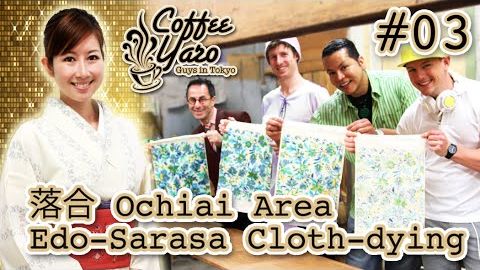
Subtitles & vocabulary
Where to get big clothes in Japan - 落合 Ochiai -江戸更紗 Print Dyeing #03
00
Yummy Japan posted on 2016/01/21Save
Video vocabulary
episode
US /ˈɛpɪˌsod/
・
UK /'epɪsəʊd/
- Noun
- One separate event in a series of events
- Show which is part of a larger story
B1TOEIC
More average
US /ˈævərɪdʒ, ˈævrɪdʒ/
・
UK /'ævərɪdʒ/
- Noun (Countable/Uncountable)
- Total of numbers divided by the number of items
- Transitive Verb
- To add numbers then divide by the number of items
A2TOEIC
More period
US /ˈpɪriəd/
・
UK /ˈpɪəriəd/
- Noun (Countable/Uncountable)
- Set amount of time during which events take place
- A way to emphasize what you will say
A1TOEIC
More find
US /faɪnd/
・
UK /faɪnd/
- Transitive Verb
- To become aware of something that is happening
- To discover or meet by chance
- Noun (Countable/Uncountable)
- Object discovered by chance
- Things that have been discovered from searching
A1
More Use Energy
Unlock All Vocabulary
Unlock pronunciation, explanations, and filters
